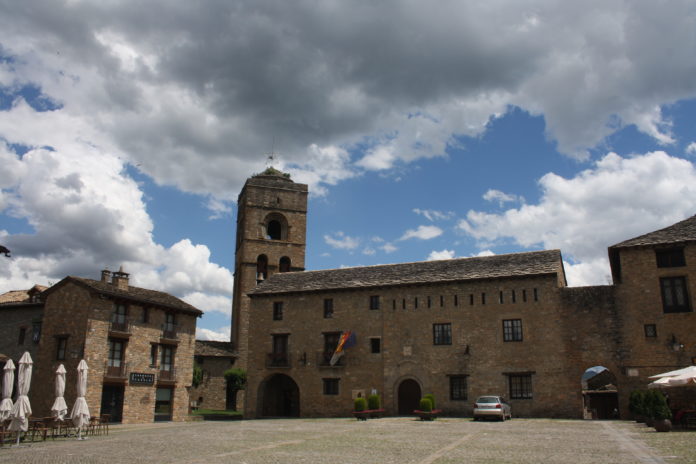Did you know that Aragon has thirteen towns on the list compiled by the association The Most Beautiful Villages of Spain? Two are in the province of Zaragoza, four in the province of Huesca and seven in the province of Teruel, and we can assure you that all of them are places not to be missed.
We’ve prepared some brief information about the essential things to see in each of them, which we’re sure you’ll find useful, whether you know them or not… now you have no excuse not to (re)discover them! We have grouped them in alphabetical order and, in addition, we will include a recommendation of a good place to eat, although we assure you that there is more than one in each town.
Aínsa (Huesca)
A stroll through its old quarter, declared a historic-artistic site, will take you back in time several centuries. While you do so, reserve a moment to sit on one of the terraces in the Plaza Mayor square, surrounded by buildings that are an example of the typical architecture of the area. A visit to the castle-fortress is also a must.
Where to eat: Restaurante Callizo.
Albarracín (Teruel)

Its historic centre is practically as it was in medieval times. After climbing its slopes you will come to the cathedral, built on the remains of a 12th-century Romanesque church. You can also stroll along its walls and feel like the sentries who guarded the town’s borders.
Where to eat: Restaurante El Serón.
Alquézar (Huesca)
Its attractions are not only limited to its cobbled streets, but also to the surrounding area. For this reason, the walkway route welcomes thousands of visitors every year, who can observe the river Vero from a different point of view: walking several metres up next to the rocks.
Where to eat: Casa Pardina.
Anento (Zaragoza)
This village in the Jiloca valley hides a precious natural treasure: the Aguallueve spring, flanked by small caves, which you can walk through to get in touch with nature. When you’ve finished, go to the town’s Romanesque church to admire its 13th-century altarpiece, or climb up to its castle.
Where to eat: Los Esquiladores Restaurant.
Ansó (Huesca)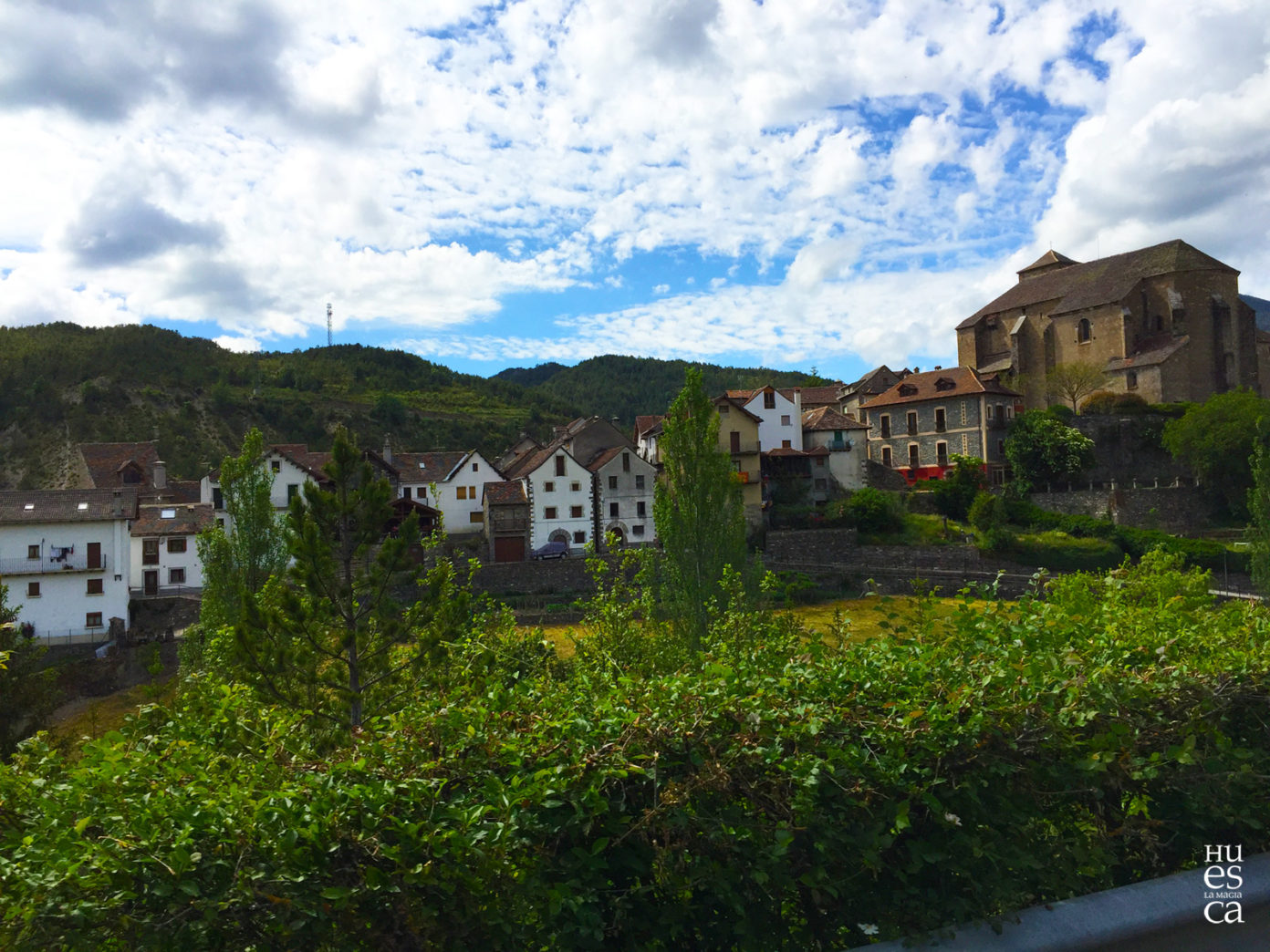
This is a must-see destination to discover Pyrenean architecture. Its narrow streets contain corners of great beauty, which you can enjoy on your way to the parish church of San Pedro. Don’t miss a visit to the Ansotano costume museum to learn about the history of a costume whose history is linked to that of the village.
Where to eat: Restaurant Berari or Bordas Chiquín and Arracona.
Calaceite (Teruel)
Located in the Matarraña region, its historic quarter preserves treasures such as the numerous palace-houses built between the 17th and 19th centuries, which bear witness to the economic prosperity that olive growing generated in the area.
Where to eat: Lo Molí Restaurant.
Cantavieja (Teruel)
It is difficult to single out one or two buildings in the historic centre of this town, so we recommend that you don’t miss a single one. Do take a moment to admire the church of La Asunción, located in its spectacular arcaded square.
Where to eat: Restaurante asador Casa Sastre.
Mirambel (Teruel)
This town forms part of the Maestrazgo Cultural Park, and its historic quarter was awarded a Europa Nostra prize for conservation. It will therefore come as no surprise that it hides numerous architectural gems, such as the Portal de las Monjas, the convent of Las Agustinas and the church of Santa Margarita.
Where to eat: Tasca las Tejas.
Puertomingalvo (Teruel)
Watched over by its famous castle, the narrow streets of Puertomingalvo are home to numerous examples of popular architecture. One of them is the Town Hall, built between the 14th and 15th centuries.
Where to eat: El Dao restaurant.
Roda de Isábena (Huesca)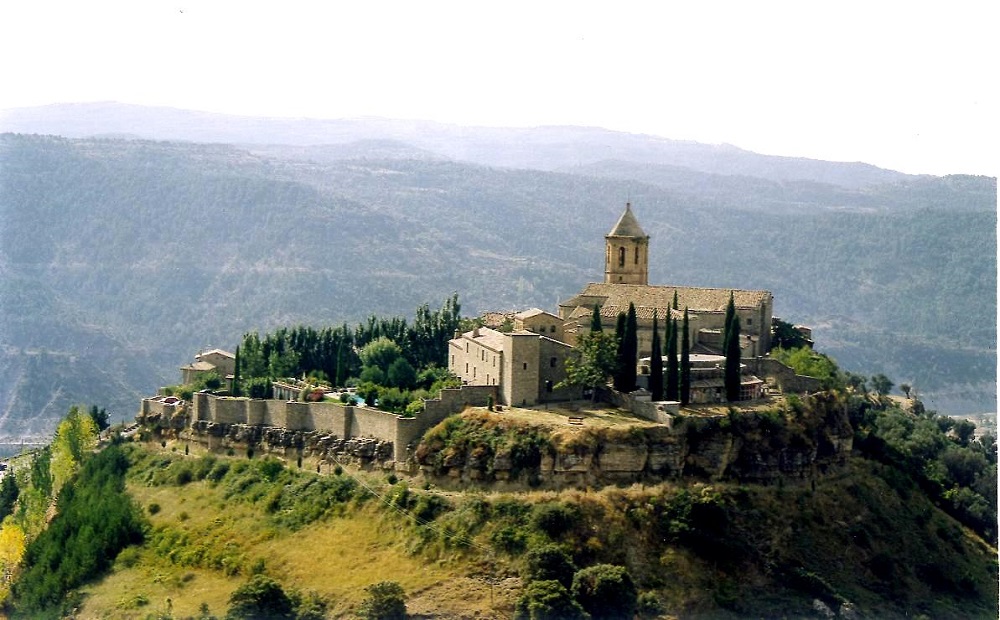
Another time machine back to the Middle Ages in the form of a beautiful Aragonese village. Don’t miss the ex-cathedral church of San Vicente, considered the oldest in Aragon and the smallest in Spain. Next to it, the impressive palace of the Prior, built in the 16th century.
Where to eat: Hospedería de la catedral.
Rubielos de Mora (Teruel)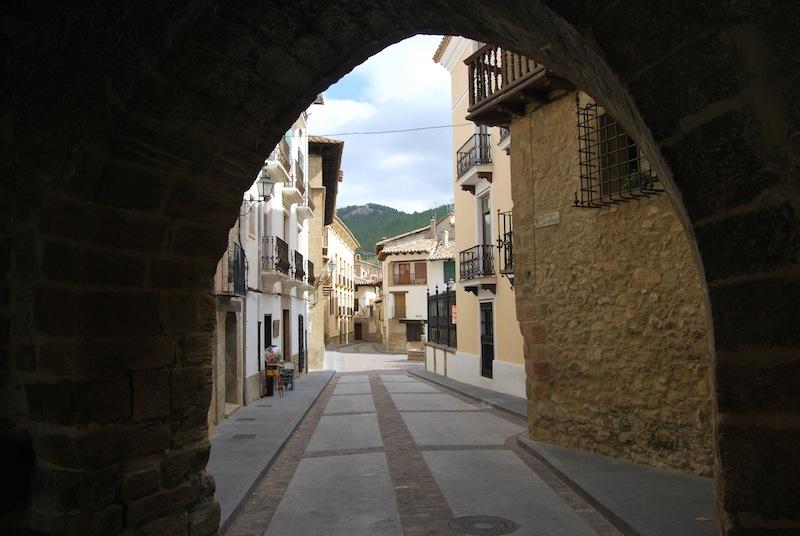
The urban area of Rubielos de Mora also has a Europa Nostra award that certifies the efforts to preserve it. A work that allows you to admire jewels of civil and religious architecture, such as the town hall, the old hospital of Gracia or the ex-collegiate church of Santa María.
Where to eat: Hotel Los Leones.
Sos del Rey Católico (Zaragoza)
It preserves one of the best medieval ensembles in the whole of Aragon. From its 12th-century castle to the streets of the Jewish quarter and the town hall, history lovers will fall in love with everything in Sos. And if you are a film buff, don’t miss the exhibition on the film “La Vaquilla”, shot in the town, and the statue dedicated to its director, Luis García Berlanga.
Where to eat: La Cocina del Principal.
Valderrobres (Teruel)
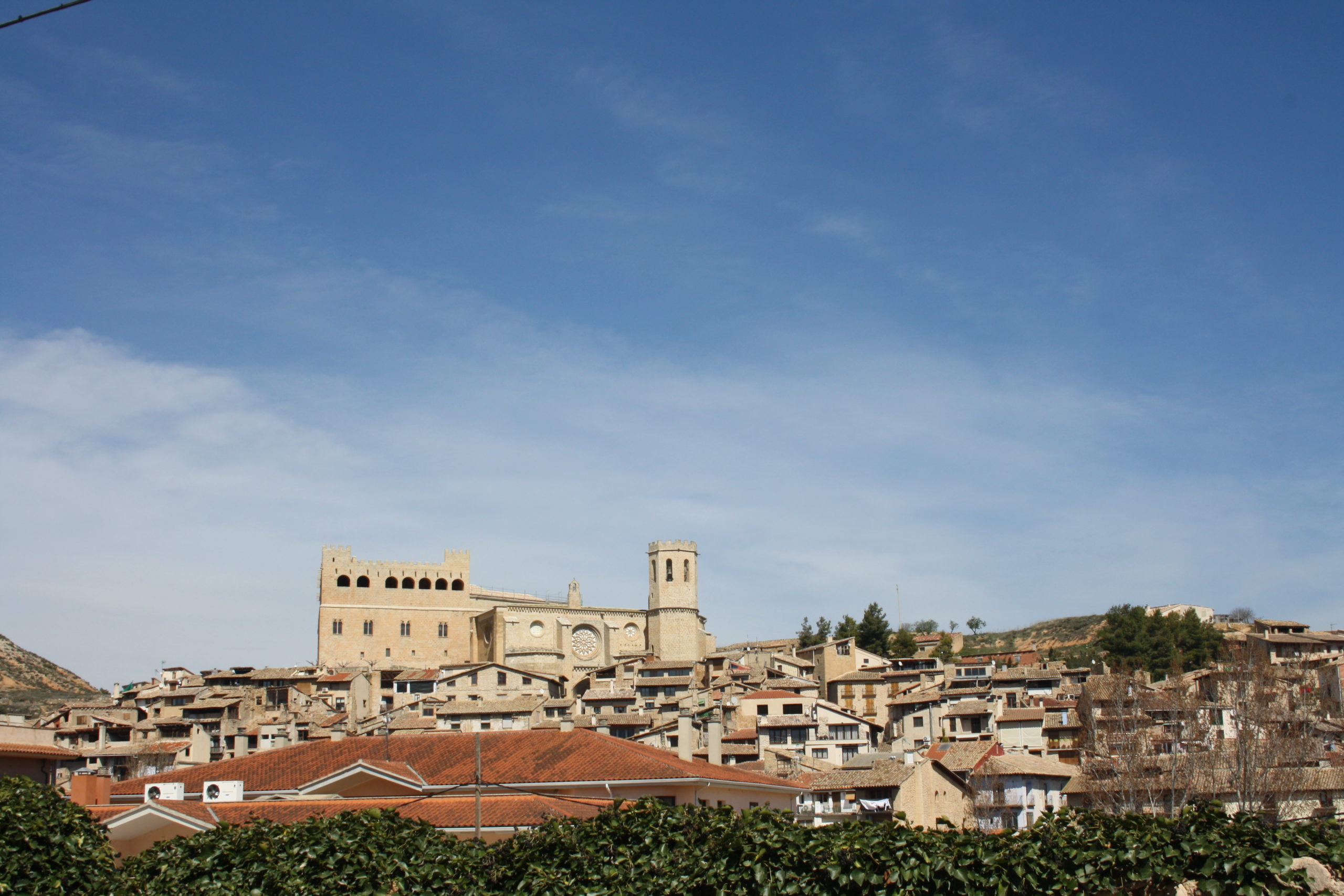 Another of the jewels of the Matarraña region of Teruel, where you can also visit a 12th-century castle and feel like a nobleman observing his dominions when you look out over the spectacular view from its walls. On the way, and before crossing the bridge, take the opportunity to contemplate the imposing image of the building crowning the town.
Another of the jewels of the Matarraña region of Teruel, where you can also visit a 12th-century castle and feel like a nobleman observing his dominions when you look out over the spectacular view from its walls. On the way, and before crossing the bridge, take the opportunity to contemplate the imposing image of the building crowning the town.
Where to eat: La Fonda la Plaza or Bar Maestrazgo.




